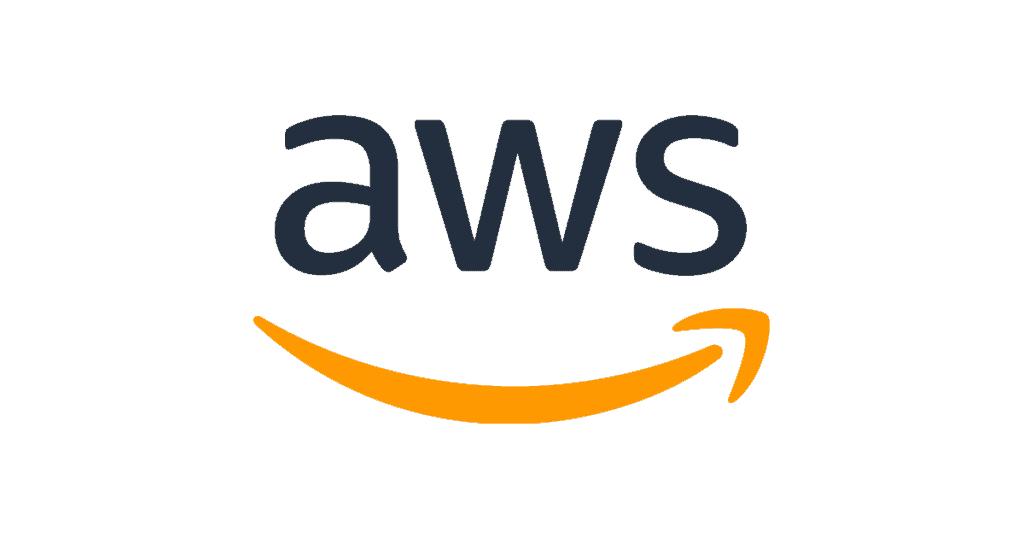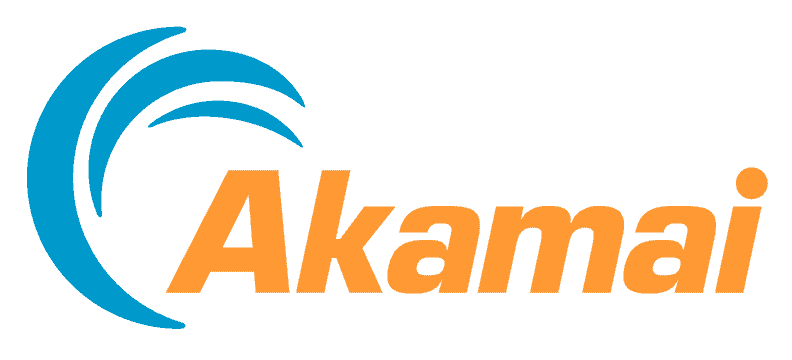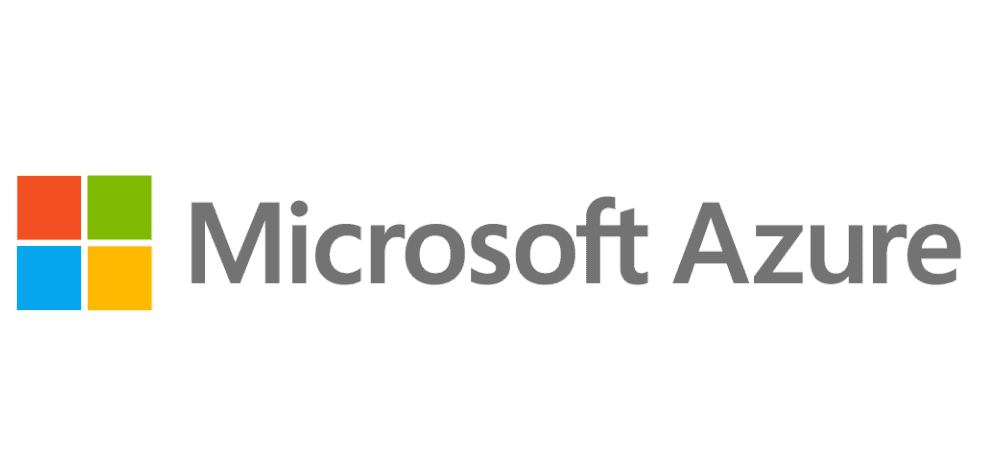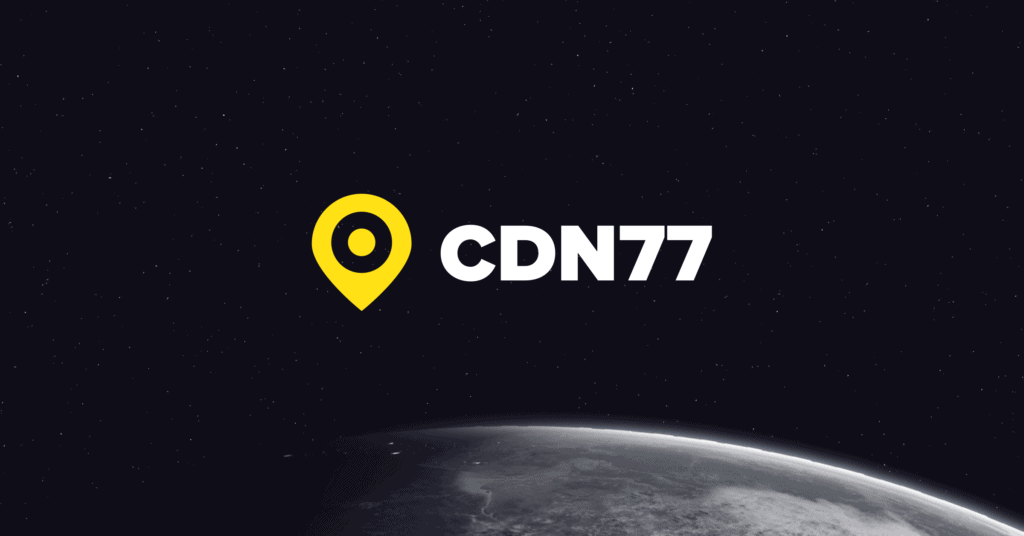Best Content Delivery Network (CDN) Providers in the USA

Content delivery networks (CDNs) are responsible for the fast website performance we receive and expect from our favorite websites. With over a hundred CDN providers available, choosing one becomes a daunting task. Particular providers are best for large businesses and rapidly growing blogs as they offer integrative networks with features beyond traditional CDN abilities. In contrast, others solely focus on secure content delivery.
CDN providers are among the frontrunners in online computing innovation — the features and plans offered by each provider change frequently. If you’re new to CDNs, be sure to read our guide discussing what CDNs are, how they work, and why services like Netflix and Slack use them. Here, we focus on the best CDN providers in the USA to help narrow your options when shopping.
We base our list of providers on the number of websites using said CDN, network size, network integration options, security, and additional features. (Not all the providers below are based in the USA; however, they are among the most used CDNs by US-based websites.) Overall, we concluded the top CDN providers in the USA are:
- Amazon Cloudfront
- Cloudflare
- Fastly
- Akamai
- Microsoft Azure CDN
- KeyCDN
- Imperva Secure CDN
- BunnyCDN
- CDN77
- StackPath (formerly MaxCDN)
Top 10 CDN Providers
1. Amazon Cloudfront
Pros
- Analytics available
- Free subscription offer
- Seamless integration to Amazon Web Service (AWS) security services
Cons
- No free technical support
- Interface for intermediate/advanced users
- Complex pricing
With the recognition of serving clients such as Tinder and Slack, Amazon Cloudfront is one of the most popular CDN providers. Cloudfront uses the Amazon Web Services (AWS) infrastructure, which has over 225 points of presence (PoPs) across 46 countries, ensuring low latency performance. Cloudfront’s CloudWatch feature provides real-time and logged analytics, including attribution and performance metrics.
One of the most significant benefits of Cloudfront is its highly configurable platform. Users can customize content delivery thanks to features such as Lambda@Edge, one of the many integrative AWS features. Cloudfront’s configurations require at least some basic knowledge of CDNs. Lacking free technical support can put CDN-beginners in a bind, potentially losing website traffic and revenue. However, Cloudfront offers a one-year free trial which would allow new users more than enough time to learn how Cloudfront works before making a financial commitment.
As far as pricing is concerned, it is difficult to estimate how much Cloudfront will cost each month. Cloudfront’s on-demand, contract-free pricing is based on the amount of data transferred out of Cloudfront’s network and the number of requests for content. You could save up to 30 percent by choosing a Cloudfront Security Savings bundle, including AWS Web Application Firewall (WAF) for free; however, this requires a one-year commitment. If you’re able to commit to a minimum of 10 TB of data transfer per month for at least one year, you can get a customized discount.
2. Cloudflare
Pros
- Full developer control with free plan
- Free DDoS mitigation
- Easy to use
Cons
- Can get pricey depending on selected add-ons
- Limited features in free plan
Beginning as “Project Honey Pot” in 2004, an effort to track how email spam came about, Cloudflare developed as a second effort to not only track cybercrime but protect users from it as well. Cloudflare’s CDN is now widely popular due to its free plan, which offers unlimited bandwidth and DDoS mitigation (although the free plan does not include DDoS attack alerts). Set up is more simple than most CDNs since Cloudflare does not have a traditional CDN — the service works automatically after switching to Cloudflare’s DNS without the need to choose what content to cache.
Upgrading to Cloudflare’s Pro, Business, or Enterprise plan offers more security and reporting features. However, the range in price between each plan is steep, starting at $20 per month for the Pro plan and going up to $200 for the Business plan. The Enterprise plan has custom pricing depending on your site’s needs. While Cloudflare’s Free plan is a popular choice among bloggers and small businesses, more advanced features like custom SSL certificate, image optimization, and 24/7 chat support is only available with Cloudflare’s paid plans.
3. Akamai
Pros
- Expansive network
- 24/7 customer support
- 30-day free trial
Cons
- Not for beginners
- Complex pricing
It’s no surprise major companies like Ubisoft and NBC Sports use Akamai’s CDN, Media Delivery. Since 1995, Akamai has established one of the largest and highest-performing global networks. According to Akamai, their customers’ content is placed “one network hop away from more than 90% of the world’s Internet users”. Having such an extensive network, with 325,000 servers across the world, is Akamai’s biggest strength.
Low latency performance is essential, followed by a secure transfer of data to and from you and your audience. Those who create original content will benefit from Akamai’s advanced features such as watermarking, media encryption, and content targeting, all of which can help prevent piracy and unauthorized access to certain content.
The two main drawbacks to Akamai’s CDN are its complex pricing and not-so beginner-friendly interface. Like Cloudfront, Akamai is more for advanced users. However, new users could take advantage of Akamai’s 30-day free-trial and 24/7 customer support to learn the platform. If you decide Akamai’s Media Delivery is right for you, you’ll need to schedule a meeting with Akamai to determine how much it’ll cost for you. Akamai’s pricing isn’t displayed on their website since they offer custom pricing to all customers based on their needs.
4. Microsoft Azure CDN
Pros
- Seamless integration with Microsoft tools
- Pay-as-you-go pricing
- Advanced analytics on-demand
Cons
- No free technical support
- Difficult to set up and manage
- Advanced features cost extra
Microsoft’s Azure CDN is best for those who currently or plan to use Microsoft tools. Azure itself is a cloud computing platform with over 200 services. The plans Azure CDN offers are backed by Akamai’s and Verizon’s CDN network, which is rare. However, this integration gives Azure customers a more extensive network ensuring high performance globally. If you’re familiar with Azure, setting up the CDN may be easy. Those unfamiliar with Azure and CDNs, in general, may feel overwhelmed by the number of features shown in the dashboard.
Like most popular CDNs, Azure offers a 30-day free trial which can be helpful to new users. You may be put off by Azure asking for your payment details up front, but you will not be charged until the trial period ends. Pricing for Azure CDN is based on which network you want delivering your content (Akamai or Verizon), which features you want as each plan is different, where your content is going, and how much content is transferred. It’s safe to say it’s difficult to determine how much Azure will cost per month.
5. KeyCDN
Pros
- Beginner-friendly
- 24/7 customer support with each plan
Cons
- Minimum monthly cost
KeyCDN is the first provider on this list recommended for beginners. Setup and navigation are easy with a user-friendly dashboard featuring links to ‘getting started’ guides. KeyCDN’s easy-to-use interface is designed for users of all levels — intermediate and advanced users will appreciate features such as ‘Cache-Control,’ DDoS Protection, and rsync transfer, while beginners will favor KeyCDN’s helpful how-to guides and glossary.
Besides ease-of-use, one of KeyCDN’s best features is its low pricing. Yes, you can get a free trial, but the data caps at 25 GB. Prices start at $0.04 per GB and reach up to $0.11 per GB. KeyCDN’s pricing is based on the amount of data transferred and where the data is going, with the lowest-prices on data transfers in North America and Europe. While lower-prices are more inviting to new users or websites with smaller audiences, KeyCDN has fewer PoPs than others included on our list. CDNPerf, a CDN performance tracking and analytics tool, has KeyCDN in 15th place for performance. With only 34 PoPs, it’s understandable data may take longer to travel. However, KeyCDN’s PoPs are placed in the US, Europe, Asia, and Oceania, with one PoP in South America and South Africa.
6. Imperva Secure CDN
Pros
- Accelerates site loading
- Free trial available
- Highly configurable
Cons
- Smaller network
- No standard pricing
Previously known as Incapsula, Imperva’s CDN is highly favored among CDN users for its proven ability to speed up website loading. The company claims to improve site speed by up to 50 percent, and customer reviews back these claims with praises for how much their speed results have improved since using Imperva’s CDN.
Having configurable features such as different caching modes allows more control of how content is stored and where. Imperva’s global network is smaller than other major CDN providers; however, their PoPs are placed in major cities across five continents, with three more planned in Denver, CO (US), Dublin, Ireland, and Santiago, Chile.
Setting up does require some knowledge of CDNs and how they work, but like KeyCDN, Imperva offers a learning center with guides and definitions. New users can use Imperva’s free trial to learn about the platform. It is not as extensive as, say, Cloudfront’s. However, there is still access to features such as DDoS mitigation, bot protection, cloud web application firewall (WAF), and analytics, among several caching optimizations.
7. BunnyCDN
Pros
- 24/7 support
- Cost effective
- Permanent caching
Cons
- No Web Socket support
- Lacks live streaming support
It’s a surprise to see a newer CDN like BunnyCDN not support live streaming. However, BunnyCDN is rapidly gaining popularity for its cloud storage, low pricing, and unique features. Most CDN providers only allow storing cache for a limited time, typically 30-90 days. BunnyCDN offers Perma-Cache, the ability to permanently save cache in Bunny.net’s edge storage, allowing you to lower bandwidth to your origin server. The user-friendly dashboard is easy to navigate and provides the most essential features: monitoring and statistics reports, logs, storage information including the amount of bandwidth used so far, and quick access to edge rules, security, and optimization tools.
BunnyCDN’s network is about a quarter of the size of Cloudflare, yet there is hardly a difference in performance. According to CDNPerf, BunnyCDN is only 2 ms behind Cloudflare. Budget-conscious users will favor BunnyCDN’s pricing over most other CDN providers since it includes desired features such as free SSL certificate and IP- and user-specific blocking. The monthly minimum is only $1, with prices ranging from $0.0025-$0.06 per GB based on volume or region. As one of the most recommended CDN providers for WordPress sites, BunnyCDN has 24/7 customer support and online support with guides and tutorials to assist CDN-beginners.
8. CDN77
Pros
- High-capacity network (50+ Tbps)
- Proprietary DDoS Protection
- Customizable free trial
Cons
- Expensive
- Credits can expire
- Not tailored for small businesses
What makes CDN77 stand out in a quickly growing, competitive field is its high-capacity network and customizable service. Companies such as Udemy, Avast, and even government agencies like the European Space Agency use CDN77 to ensure high-performance and aid in user retention. CDN77’s network is not the largest on our list in terms of PoPs, but it stretches across each continent (minus Antarctica) and handles over 25 Tbps of data daily.
CDN77’s performance earned them a top 20 spot in CDNPerf’s rankings. The ability to have CDN77 staff customize how the service is implemented makes it easier for one-person or small teams with little technical or CDN knowledge. The dashboard is designed with ease in mind with a clean interface and simple navigation.
Estimating monthly costs can be difficult if you transfer over 150 TB a month. CDN77 offers custom plans and pricing to sites with high monthly traffic volume. Businesses with a minimum monthly traffic volume of 6 TB will get the best value from CDN77 as there are no plans for smaller traffic volumes. The lowest capacity plan (6 TB) is $199 a month. While that price is higher than budget options like BunnyCDN, each plan includes unlimited HTTP(S) requests and is contract-free.
9. StackPath
Pros
- 24/7 support
- Content customization
- Advanced security features
Cons
- Limited PoP presence outside of Europe and US
- Inconsistent performance reviews
Once known as MaxCDN, StackPath CDN is another user-friendly CDN best for those based in and with the majority of their audience in the US or Europe. Most of StackPath’s network is in the US and Europe, leaving international users with only four PoPs to cover Asia and none in Africa.
StackPath CDN is simple to set up and is compatible with most management systems such as WordPress. One of StackPath’s CDN highlights is its user-friendly dashboard, offering easy access to analytics and developer-friendly customization tools like RESTful API.
StackPath’s pricing is one of the most simple and lowest among popular CDN providers. StackPath only charges $10 a month for their CDN service — this includes up to 1 TB of bandwidth per month, unlimited requests, free SSL certificate, and DDoS Protection. Extra bandwidth costs $0.03-$0.04 per GB. For prices starting at $20 a month, StackPath offers plans including all their edge services, DNS management, WAF, and service monitoring.
Are CDNs worth it?
Increased media consumption (i.e., GIFs, videos, live streaming, AR online shopping, etc.) over the last decade makes CDNs worth using for any website regardless of traffic volume. Any website can benefit from:
- Faster load times: It is no secret shoppers and potential visitors will leave a website slow to load. CDNs improve website performance by loading your website content from a server closest to the user, significantly increasing load time.
- Better website security: CDNs can protect websites from several security threats, including DDoS and malware attacks. Most CDN providers offer firewall and/or DDoS mitigation in their free or low-tier plans, making them affordable to bloggers and small businesses.
- Improved website management: CDN providers offer more than just a global network. Popular CDN providers like the ones listed above provide a range of website management features such as web analytics, cloud storage, web hosting, and easy integration to full-servicing cloud platforms.
The cost of CDNs may be off-putting for some, but free plans offered by providers like Cloudflare and Amazon Cloudfront make it easy for all websites to take advantage of the benefits CDNs offer.
How to choose a CDN
Monthly website traffic and the type of content you have are the most significant determining factors when choosing CDN. The price for additional optimization features can add up, which makes cost a factor as well. However, certain providers’ free plans can satisfy most websites’ needs.
Before deciding on a CDN provider, take advantage of the free trials most offer. The first-hand experience will tell you how well each CDN performs for your specific needs. The three main traits a reliable CDN provider should have are:
- Wide-reaching network: While large networks with over 100 PoPs are enticing, it is not always necessary to have many PoPs if they are spread out evenly. Also, consider the provider’s network in comparison to where your audience is.
- Responsive customer support: It is crucial to ensure the CDN provider you choose has reliable customer service, especially if all of your traffic goes through your CDN provider. Plans can offer different modes of support and/or faster response times.
- Reasonable pricing: What’s affordable for one website may not be for another. Determine which CDN provider’s pricing is best for you based on your website traffic and additional features offered. Websites with smaller audiences can save money with the tiered usage pricing model (think pay-as-you-use plan) most CDN providers have. However, websites with an unsteady traffic volume or large audience may save money with a standard monthly price.








